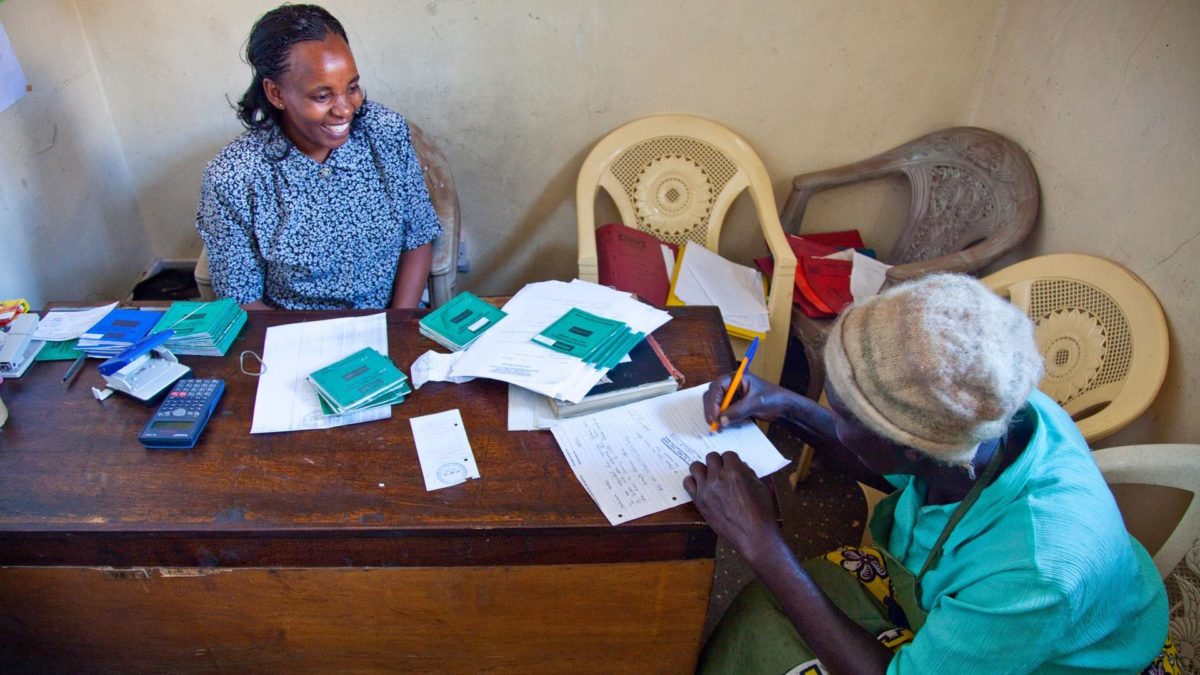Bruce Wydick on what’s wrong and what’s right with micro-lending | The National
 Affiliate Bruce Wydick discusses what’s wrong and what’s right with micro-lending as a poverty alleviation method in a recent article in The National.
Affiliate Bruce Wydick discusses what’s wrong and what’s right with micro-lending as a poverty alleviation method in a recent article in The National.
“Micro-lending has long been touted as a pathway out of poverty, but evidence is growing that for many of the world’s poor, it leads nowhere but into a debt trap.
The concept of making small loans available to the poor is almost 40 years old. Its origins are usually traced back to Bangladeshi economist Muhammad Yunus, who in the early 1980s started his Grameen bank to provide loans to local seamstresses.
Mr Yunus’ initial success with Grameen led to him promoting the concept around the world, which eventually earned him the Nobel Prize for his project in 2006. By 2016 micro-lending had grown to a $102 billion a year enterprise worldwide, according to Convergence, an EU-backed research organisation.
As it has grown, so have warnings that it can also lead the most vulnerable into debt they cannot hope to repay.
“When people in the US had access to credit cards beginning in the 1960s, did that pull millions of people out of poverty?” asks Bruce Wydick, Development Economist at the University of San Francisco, who questions the lofty predictions that micro-loans can end poverty. The answer to his question, he says, is a resounding “no”.
Read more: Micro-lending – touted as a path out of poverty – now seen by some as a debt trap – The National

